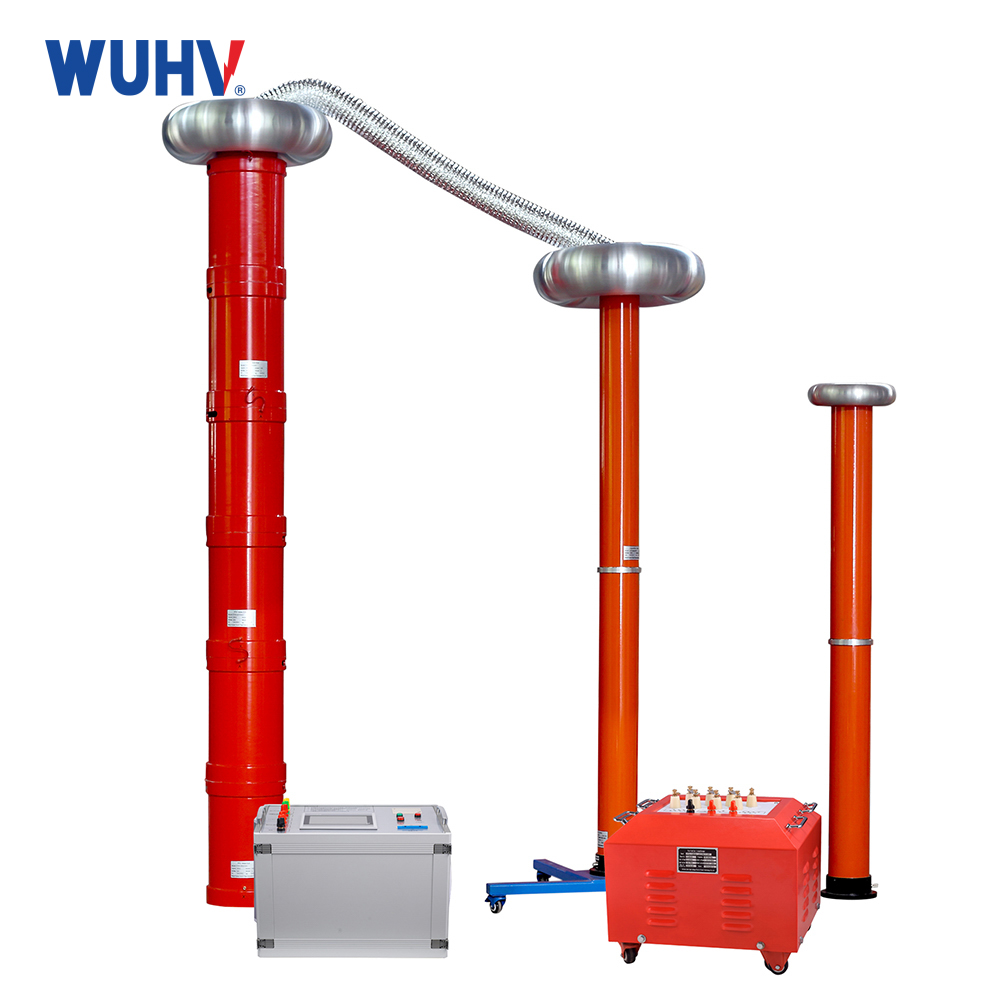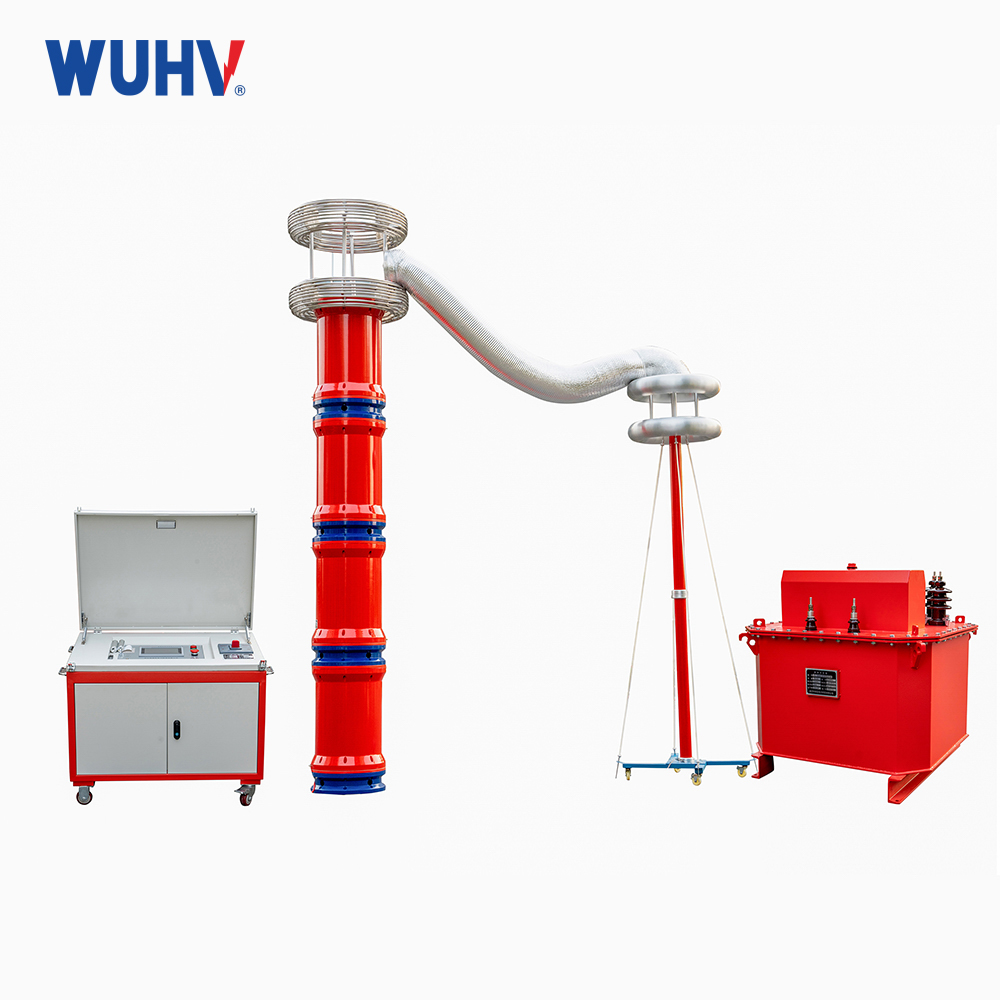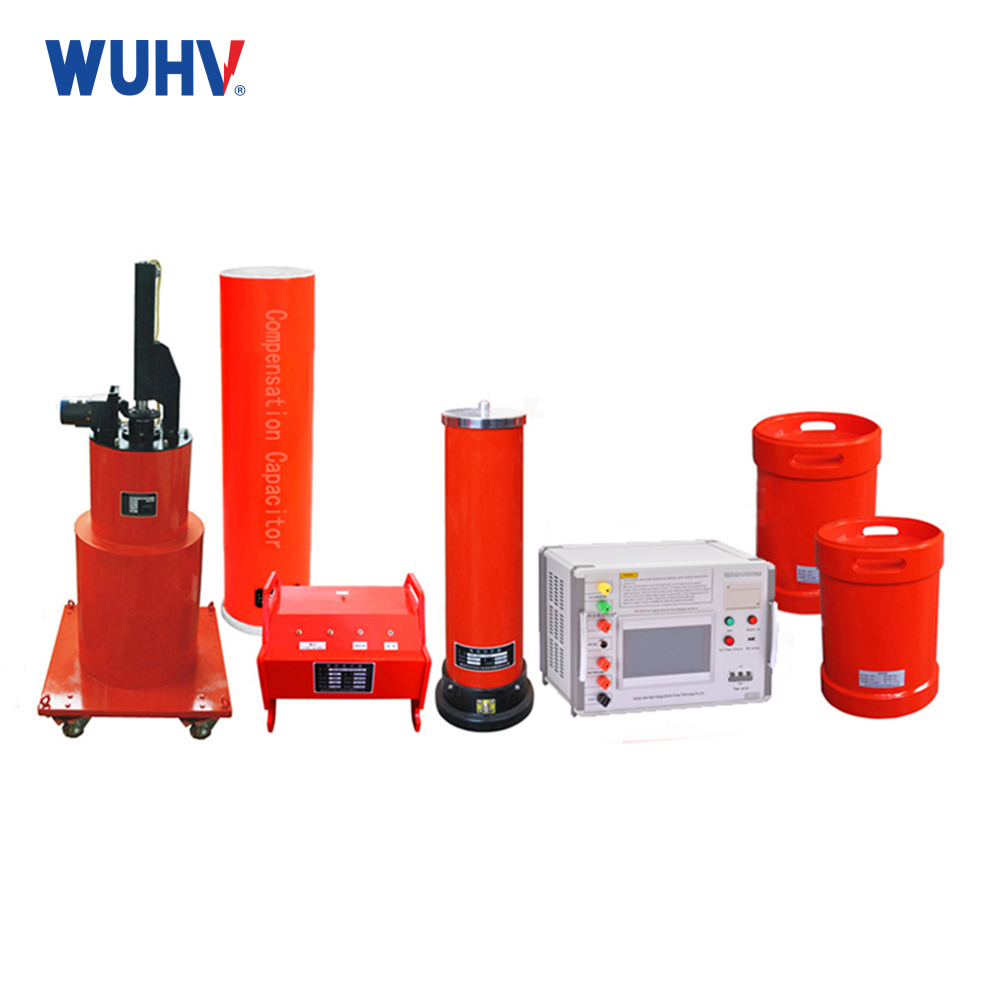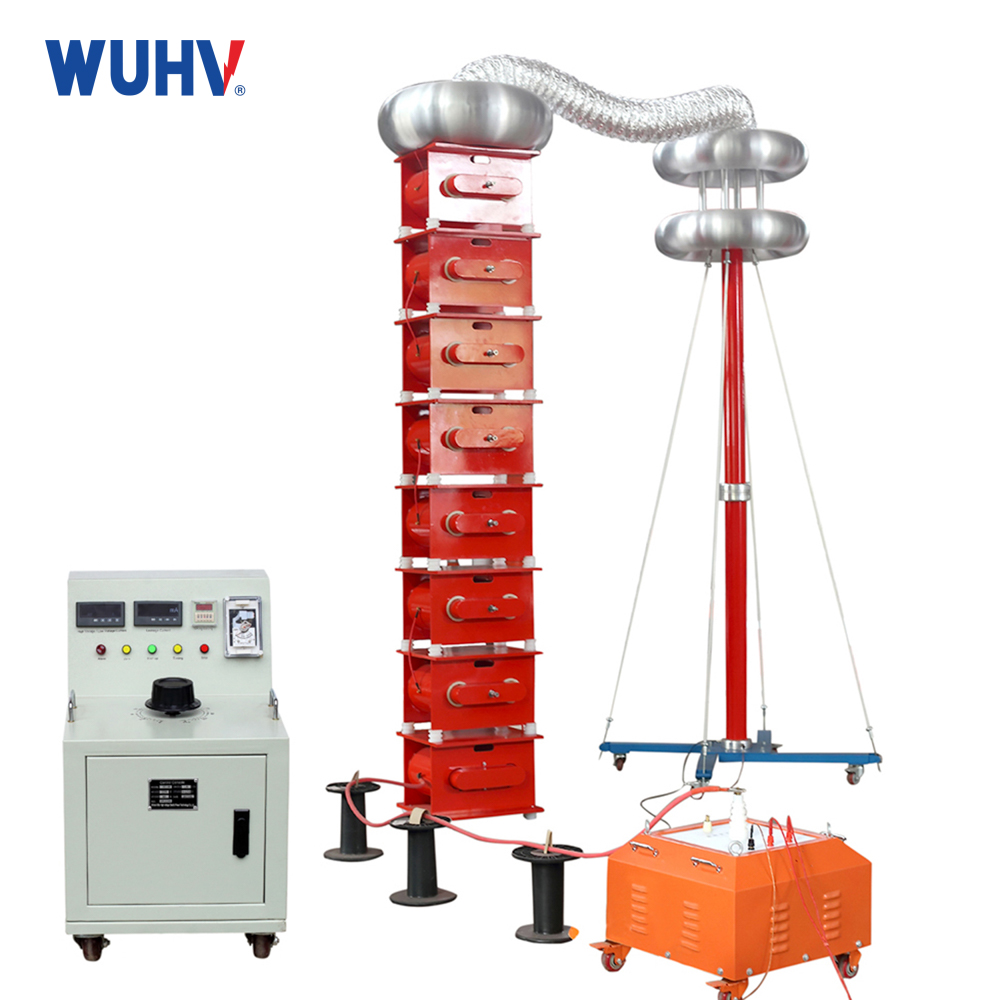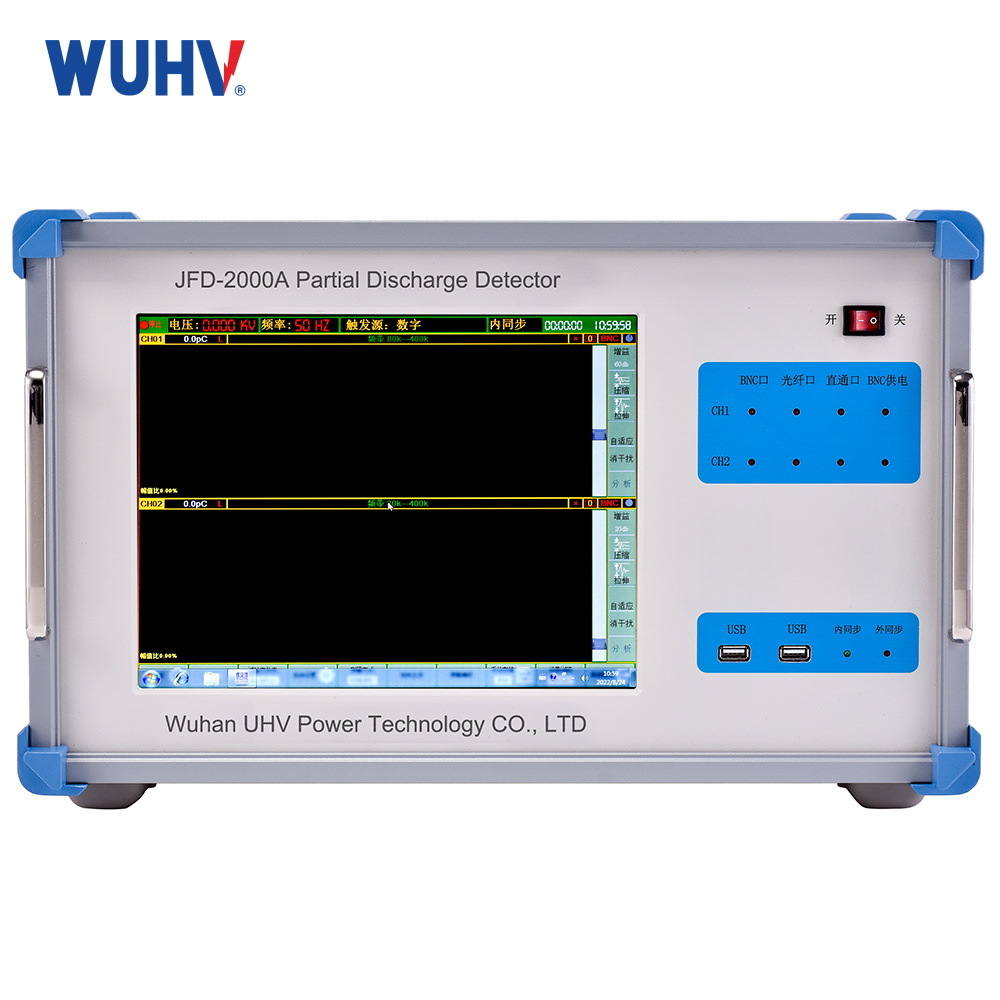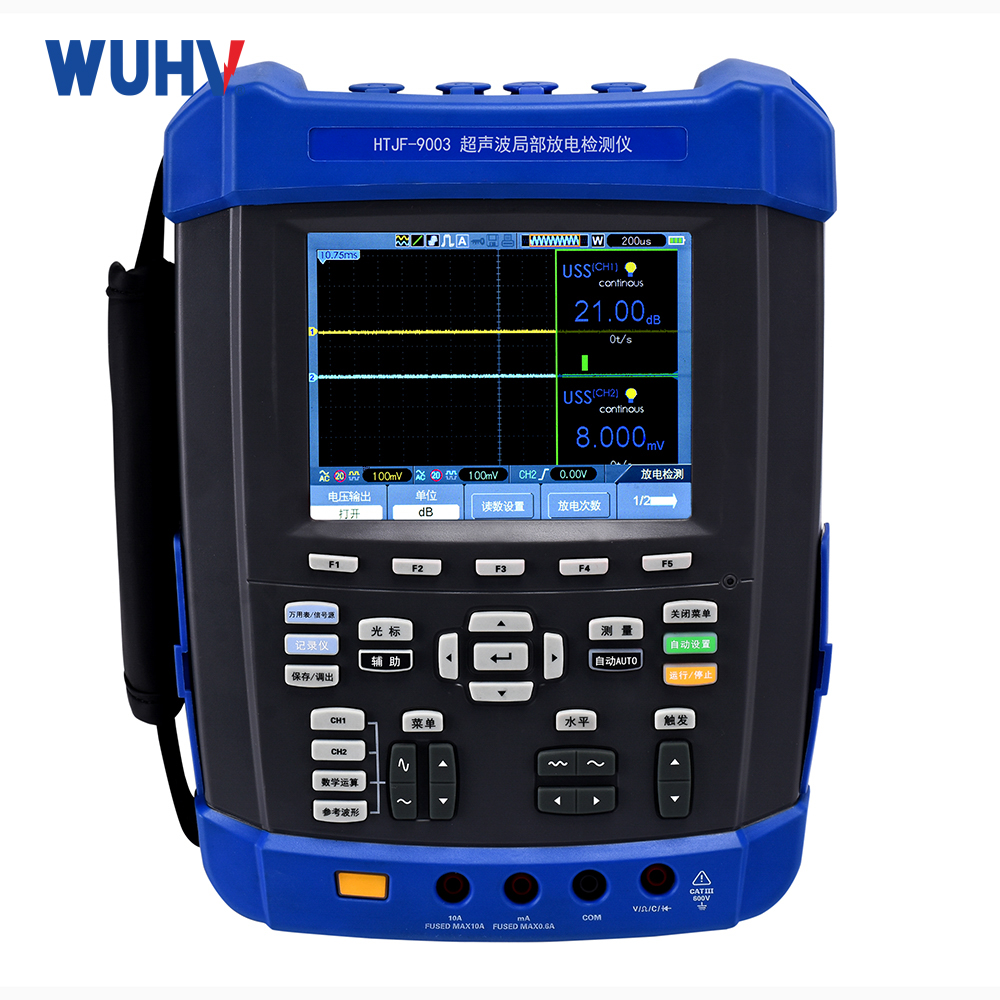The series resonance under UHV power can help many power workers conduct various power tests more conveniently.
1、 Basic performance of RLC series resonance
In an RLC series circuit, the value of reactance X determines the properties of the circuit. When X>0, the circuit is inductive; When X<0, the circuit is capacitive; When X=0, the circuit is resistive, and the voltage and current are in phase. This state of the circuit is called series resonance.
Let's conduct two experiments to further verify the typical phenomenon of series resonance, and explore in depth the conditions, characteristics, laws, and specific applications of series resonance.
[Experiment 1]:
In the experimental circuit, keeping the power supply voltage constant and changing the frequency of the power supply from low to high, we can observe that the indicator light gradually turns on from dark. When the power supply frequency increases to a certain value, the brightness of the indicator light reaches its maximum level. Continuing to increase the power supply frequency, the indicator light gradually turns dark again.
[Experiment 2]:
In the experimental circuit, we replaced capacitor C with an adjustable capacitor, kept the power supply voltage and frequency constant, and changed the size of adjustable capacitor C to gradually increase its capacitance from small to large. We also observed that the indicator light gradually lit up from dark. When the adjustable capacitor increased to a certain value, the brightness of the indicator light reached its maximum level. Continuing to increase the adjustable capacitor capacity, the indicator light gradually dimmed again.
2、 Basic conditions for series resonance
1. The definition of series resonance: In an RLC series circuit, when the voltage and current at the circuit terminals are in phase, the circuit exhibits resistance, and this state of the circuit is called series resonance.
2. Conditions for series resonance
When the circuit is in series resonant state, it exhibits resistance, with Z=[R \+2+(X \ - L - XC) \+2] square root=R. According to X \ - L=X \ - C, ωL=1/ωC, So there is the square root of f=f \ -0=1/2 π (LC).
3. Methods for analyzing circuits to achieve resonance:
(1) When the power frequency is constant, the size of L or C can be adjusted to achieve resonance.
(2) When the circuit parameters L and C are constant, the power frequency can be changed to achieve resonance.
3、 Characteristics of series resonance
1. Minimum impedance and pure resistance
The square root of Z=[R \+2+(X \ - L-X \ - C) \+2] is R.
2. The current in the circuit is the highest and in phase with the power supply voltage, I=I \ -0=U/R.
3. The voltage across the circuit is equal to the total voltage, and the voltage across the inductor and capacitor is equal and opposite in phase, with a magnitude of Q times the total voltage (voltage resonance).
U\-L=I\-0X\-L=U/RX\-L=ω\-0LU/R=QU
U\-C=I\-0X\-C=U/RX\-C=U/RCω\-o=QU
Among them, Q=ω\-0L/R=1/ω\-0CR=ρ/R
Q is the quality factor of the series resonant circuit.
In depth analysis: According to the above equation, reducing the resistance value of resistor R results in less energy consumption and higher circuit quality factor; Increasing the inductance L of the coil stores more energy, and when the energy consumption is constant, the quality factor of the circuit is high, indicating that the quality of the circuit is good.
4. When a series resonance occurs in a circuit, electrical energy is only supplied to the resistors in the circuit for consumption, and there is no energy conversion between the power supply and the circuit. However, there is a conversion of magnetic field energy and electric field energy between the inductance and capacitance.
4、 Practice and Application of Series Resonance
Series resonant circuits are commonly used to select AC signals, such as tuning the radio station signal in a radio, which utilizes the principle of series resonance; The selection signal in walkie talkies is also based on the principle of resonance; The selection of channels in various receivers utilizes the principle of series resonance.
1. Selection principle:
When the frequency of the external power source u \ - S is f=f \ -0, the circuit is in a resonant state, and the total impedance in the circuit is Z=R; When f ≠ f \ -0, the circuit is in a detuned state. If f<f \ -0, then x \ - lf \ -0, then X \ - L>X \ - C, the circuit is inductive.
2. Passband or bandwidth
In practical applications, it is stipulated to set the current I within the range of (0.707<i)
3. Theoretical analysis shows that the passband of series resonance is B=Δ f=f \ -2-f \ -1=f \ -0/Q
A signal with frequency f within the passband (i.e. f \ -1<f<f \ -2) can generate a large current in a series resonant circuit, while a signal with frequency f within the passband (i.e. ff \ -2) only generates a small current in the series resonant circuit. Therefore, the resonant circuit has frequency selectivity.
4. The larger the Q value, the better the selectivity of the circuit, but the frequency band is narrower; On the contrary, if the frequency band is wider, the Q value is required to be smaller, and the selectivity is poorer; So, selectivity and bandwidth are two contradictory physical quantities.
5. When the inductance and capacitance are greater than the resistance, that is, X \ - L=X \ - C>R, then U \ - L and U \ - C are both higher than the power supply voltage, which is Q times the power supply voltage. If the voltage is too high, it may break through the insulation layer of the coil and capacitor, causing safety hazards. Therefore, series resonance should generally be avoided in power engineering.
6. In radio engineering, series resonance is commonly used to obtain higher voltages. If series resonance occurs, the voltage on the capacitor or inductor component is often tens or hundreds of times higher than the power supply voltage, so series resonance is also known as voltage resonance.



